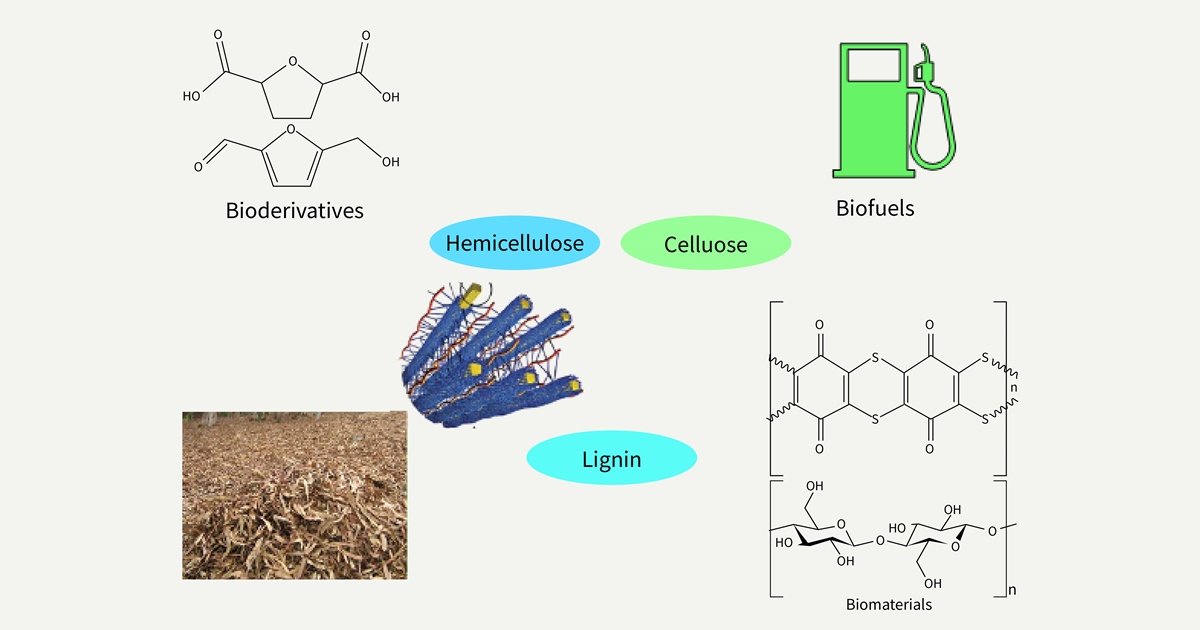Topic Editors



Advances in Green Energy and Energy Derivatives

Topic Information
Dear Colleagues,
Energy is the vital gear of global energy and life sustainability. The development of renewable energy derivatives, the key concept of biorefinery, is an essential feature of modern economies focusing on the decarbonization of production practices. As such, renewable energy is a highly prioritized research sphere with the prime focus of investment in the current era. Following the successful development of biofuel technologies, the development of high-energy biomolecules and bio-derivatives with extended applications has been a key focus. In addition, progress in energy technologies has emerged with the development of organic materials as sustainable, biodegradable, and readily available materials for energy supply and energy storage, replacing their fossil and inorganic counterparts. In line with all of these developments, research and innovation in these fields are expanding at a rapid rate, and we, as members of the journal Energies, are committed to facilitating the communication of high-quality studies in this field. This topic focuses on the latest fundamentals and applied innovations, both experimental and computational, in the field of renewable energy and energy derivatives, covering the synthesis, purification, kinetics, and applications in various fields. The topic includes, but is not limited to, the following:
- Production of biofuels, syngas, and biohydrogen;
- Production of biochemicals, biomaterials, and bioderivatives;
- Production and applications of biopolymers and bioplastics;
- Separation and purification of biofuels, biochemicals, biomaterials, and polymers;
- Novel energy storage solutions; Integrated renewable energy systems;
- Energy systems modeling and optimization (including numerical and analytical modeling, computational chemistry, etc.);
- Energy system components and design;
- Renewable energy and energy economy;
- Life cycle assessment for related systems;
- Energy safety.
Dr. Muhammad Sajid
Dr. Nisar Ali
Dr. Muhammad Farooq
Dr. Mairui Zhang
Topic Editors
Keywords
- renewable energy
- bioenergy
- biofuels
- energy sustainability
- energy storage
- hydrogen production and storage
- biomaterials
- biochemicals
Participating Journals
| Journal Name | Impact Factor | CiteScore | Launched Year | First Decision (median) | APC | |
|---|---|---|---|---|---|---|

ChemEngineering
|
3.4 | 4.9 | 2017 | 29.6 Days | CHF 1600 | Submit |

Chemistry
|
2.4 | 3.9 | 2019 | 18.5 Days | CHF 1800 | Submit |

Energies
|
3.2 | 7.3 | 2008 | 16.2 Days | CHF 2600 | Submit |

Processes
|
2.8 | 5.5 | 2013 | 16 Days | CHF 2400 | Submit |

Sustainability
|
3.3 | 7.7 | 2009 | 19.3 Days | CHF 2400 | Submit |

Technologies
|
3.6 | 8.5 | 2013 | 21.8 Days | CHF 1600 | Submit |

Preprints.org is a multidisciplinary platform offering a preprint service designed to facilitate the early sharing of your research. It supports and empowers your research journey from the very beginning.
MDPI Topics is collaborating with Preprints.org and has established a direct connection between MDPI journals and the platform. Authors are encouraged to take advantage of this opportunity by posting their preprints at Preprints.org prior to publication:
- Share your research immediately: disseminate your ideas prior to publication and establish priority for your work.
- Safeguard your intellectual contribution: Protect your ideas with a time-stamped preprint that serves as proof of your research timeline.
- Boost visibility and impact: Increase the reach and influence of your research by making it accessible to a global audience.
- Gain early feedback: Receive valuable input and insights from peers before submitting to a journal.
- Ensure broad indexing: Web of Science (Preprint Citation Index), Google Scholar, Crossref, SHARE, PrePubMed, Scilit and Europe PMC.


